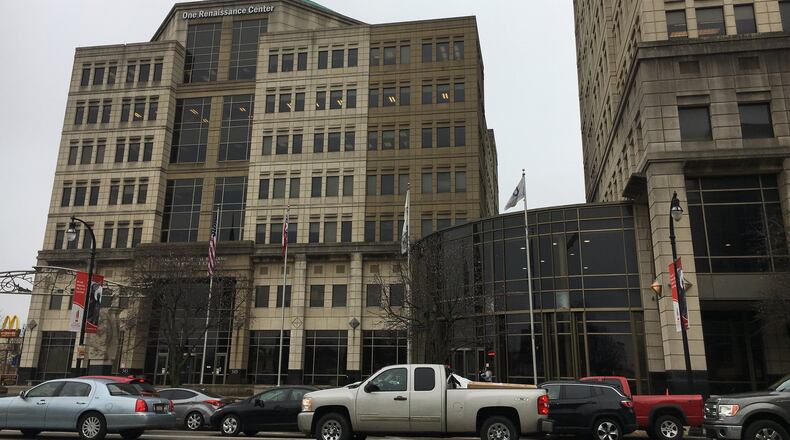Under the proposed arrangement, the city will sell the building for an amount in the range of $24.65 million to the building’s appraised value of $26.7 million. The city then would lease the building from the seven-member community authority for about $1.4 million per year, an amount that would depend on the amount of debt the community authority would issue.
That $1.4 million amount is the same as what city government now pays per year in debt service on the building. Smith emphasizes that the communityauthority plan would not raise taxes.
The funds made available through the sale would be used to pay for projects including Spooky Nook and a Gilmore Road roundabout and to pay down city debt on the city building.
RELATED: Local businesses already prepping for expected Spooky Nook-related growth
City leaders in October said they were still determining how they would fund some of the Spooky Nook payments that would be necessary. The city could sell non-tax-revenue or general-obligation bonds, Smith said, but, “There is, of course, a finite amount of revenues and debt capacity of the city, so this transaction preserves that capacity for future projects.
“Plus, selling other bonds now would increase total city debt payments over the next several years.”
RELATED: A September article about Hamilton’s plans for Spooky Nook assistance
If the city were to finance the $24.6 million in projects itself, “total debt service would increase by $820,000 per year until $820,000 per year until 2026,” Smith said. “This structure allows us to maximize the amount of bonds we could issue at the lowest possible rate over the longest period of time, saving the city money.”
The community authority has three “citizen members” — local resident Jim Fitton, Greater Hamilton Chamber of Commerce President and CEO Dan Bates and local accountant and business owner John Kirsch. Its “local government representative” is the city’s development director, Jody Gunderson. It also has three “developer members” from the Spooky Nook project — owner Sam Beiler, Mike Dollard and Mike Messina.
Hamilton resident Dan Acton, who said he is concerned about the plan, calls it “shortsighted.”
Acton said if Hamilton would pay off the bonds on schedule — they’re due to be retired in 2026 — the city would have $1.4 million per year after that to spend as it wishes. He said he favors the approach Butler County has taken, to retire its debts, to allow itself more financial freedom.
“Buckle down, pay it down,” Acton said, adding the city should find another way to finance the Spooky Nook project, he added.
“Too many unanswered questions right now,” Acton said.
Although the building would be owned by the authority, the city would still continue to receive lease payments from fast-growing Hamilton company and building occupant ODW Logistics, because city government would be the “master lease holder,” Smith said.
“Currently, ODW pays $57,080.04 in annual lease payments,” Smith said. “Beginning July 1, 2019, the annual amount will increase to $85,620.”
Smith said he is “very confident” the authority will not sell the building out from under city government.
“Not only does the city appoint the HCA board members, but the city lease will remain in place and the city will have a purchase option for the building that makes a purchase unattractive to third party purchasers,” Smith said. “Plus, the sales price would need to be high enough for the HCA to retire all of its outstanding bonds, which is also unlikely.”
This media outlet in late January asked all members of city council for their opinions on the proposed arrangement. None has answered.
The legislation selling the building is to be considered at the next two Hamilton City Council meetings, on Wednesday and Feb. 27.
About the Author
